Community benefit sharing is now considered an imperative for projects looking to participate in the first national tender in the Australian government’s Capacity Investment Scheme (CIS) that is seeking to boost renewable energy generation and storage as aging coal-fired power generators retire and demand for electricity increases.
The CIS will involve regular competitive tender processes, to be held approximately every six months until 2027. The objective is to incentivise the deployment of 23 GW of new renewable energy generation and 9 GW of dispatchable storage capacity by 2030. Successful projects will be offered contracts in which a revenue floor and ceiling are agreed with the Commonwealth.
The first of those tenders is now open, seeking to deliver 6 GW of renewable capacity across the NEM. This will include 2.2 GW for New South Wales, 300 MW for South Australian and Tasmania, and 1.4 GW for Victoria. The remaining 1.8 GW will be allocated across the National Electricity Market (NEM), including Queensland, to the “most meritorious” projects.
AEMO Services, which is administering the CIS competitive tender processes on behalf of the Australian government, said projects will be selected through a two-stage process that takes into account a broad range of factors including value for money, timing for delivery, First Nations commitments and local community benefits.
Projects will be assessed against seven merit criteria across Stage A and Stage B, followed by due diligence and recommendation to the federal government in Stage C.
The merit criteria for Stage A includes contribution to system reliability and system benefits; project deliverability and timetable; organisational capability to deliver the project; and social licence merit criteria which covers First Nations engagement, community engagement and community benefits sharing.
The merit criteria for Stage B includes financial value; commercial departures; and First Nations and social licence commitments.
The tender guidelines state that the target commercial operation date (COD) is not an eligibility criterion but will be merit assessed at Stage A and projects with a target COD of 31 December 2028 or earlier may be considered of higher merit.
Social licence commitments and First Nations engagements are a significant part of the merit assessment. They will be assessed at both Stage A and Stage B, weighing 25% at each stage. These commitments will become contractually binding and are subject to monitoring and enforcement conditions if a proponent is successful in the Tender 1 process.
Popular content
The guidelines state that any projects assessed as having low merit against any individual merit criterion, including social licence, may not be further assessed and may not be progressed to the next stage.
Kim Mallee, Director of the Community Power Agency, welcomed the weighting for social licence and said government funds should only be awarded to projects that are in a race to the top for better practice renewables development.
“Research has shown that the fastest way to deliver quality renewable energy projects is to do community engagement well with fair benefit sharing,” she said. “It’s imperative that schemes such as the CIS pick projects that perform well and contribute to positive relationships between locals and the industry as a whole.”
Registration for the first national CIS tender will close on 19 June 2024 with stage A project bids to close on 1 July 2024. Announcement of successful bids is anticipated by December 2024.
This content is protected by copyright and may not be reused. If you want to cooperate with us and would like to reuse some of our content, please contact: editors@pv-magazine.com.
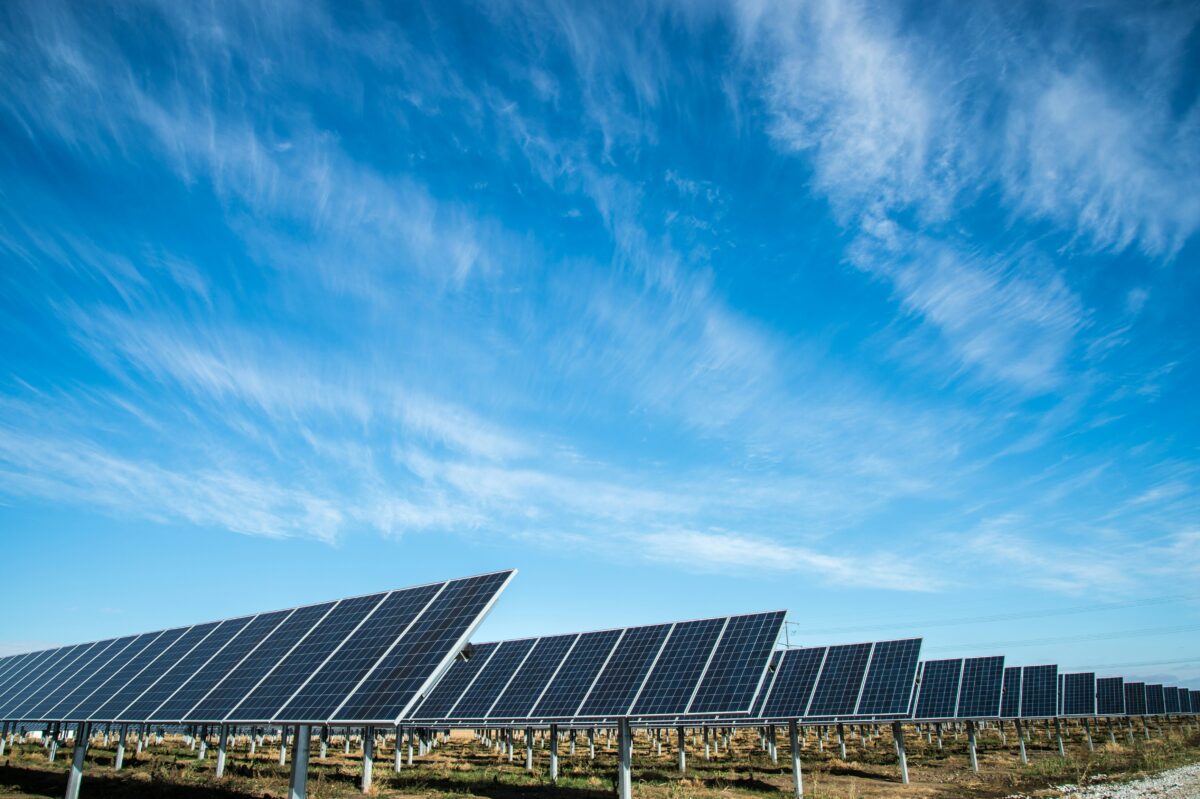




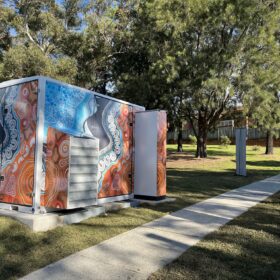
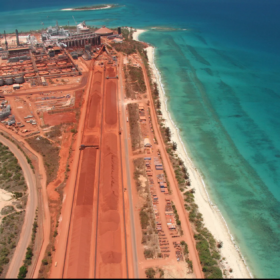
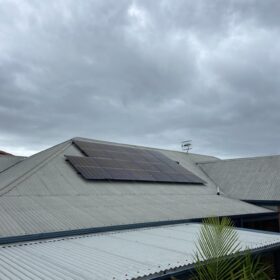
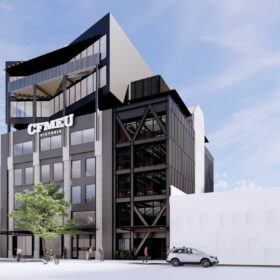
1 comment
By submitting this form you agree to pv magazine using your data for the purposes of publishing your comment.
Your personal data will only be disclosed or otherwise transmitted to third parties for the purposes of spam filtering or if this is necessary for technical maintenance of the website. Any other transfer to third parties will not take place unless this is justified on the basis of applicable data protection regulations or if pv magazine is legally obliged to do so.
You may revoke this consent at any time with effect for the future, in which case your personal data will be deleted immediately. Otherwise, your data will be deleted if pv magazine has processed your request or the purpose of data storage is fulfilled.
Further information on data privacy can be found in our Data Protection Policy.